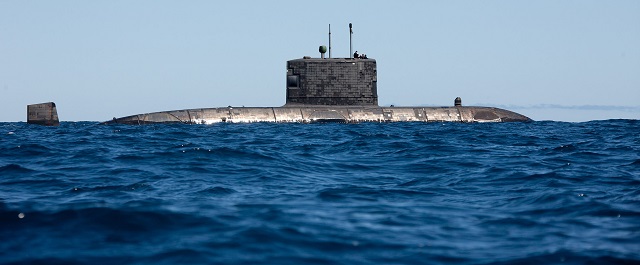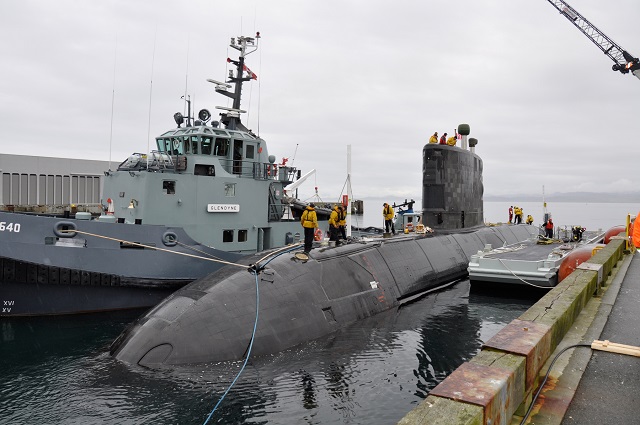 HMCS Corner Brook, the third Victoria class SSK. Picture: RCN |
|||
"Since
Canada first acquired its Victoria-class submarines, we have worked in
partnership with the Department of National Defence to apply technology
advancements that achieve and maintain operational readiness that will
remain viable through the fleet's entire lifecycle," said Bob Harman,
SFCS program manager at Lockheed Martin Mission Systems and Training.
"We will continue our commitment in providing low-risk solutions
that show significant value for the Crown's investment." This contract continues to expand Lockheed Martin's portfolio of diverse international diesel electric submarine combat system products and services. In addition to the fire and weapon control and sonar management systems of the Canadian Victoria-class, Lockheed Martin also provides variants of the Submarine Integrated Combat System to the Tupi Class submarines of the Brazilian Navy and the Walrus Class submarines of the Royal Netherlands Navy, as well as a robust command and control and weapon launching system to the Spanish Navy S-80 submarine class. The work on this program will be conducted at Lockheed Martin's facilities in Manassas, Virginia and Dartmouth, Nova Scotia, and via field service support at Canadian forces bases Halifax and Esquimalt. |
|||
Lockheed Martin Awarded Contract to Continue Victoria Class Submarine Fire Control Support
- Posted On











